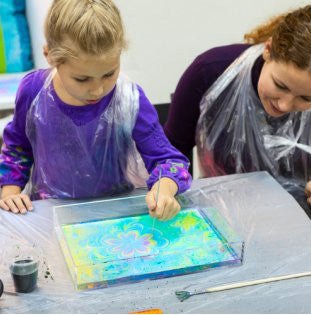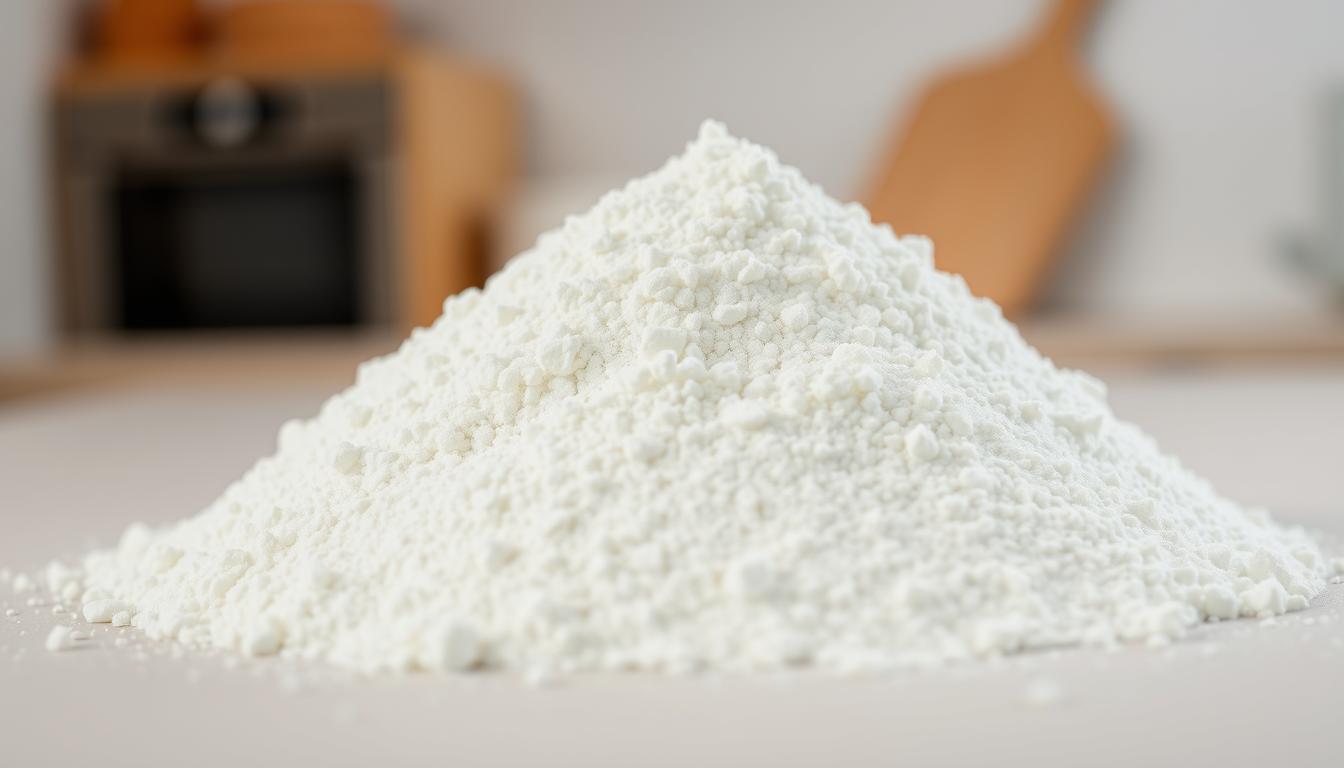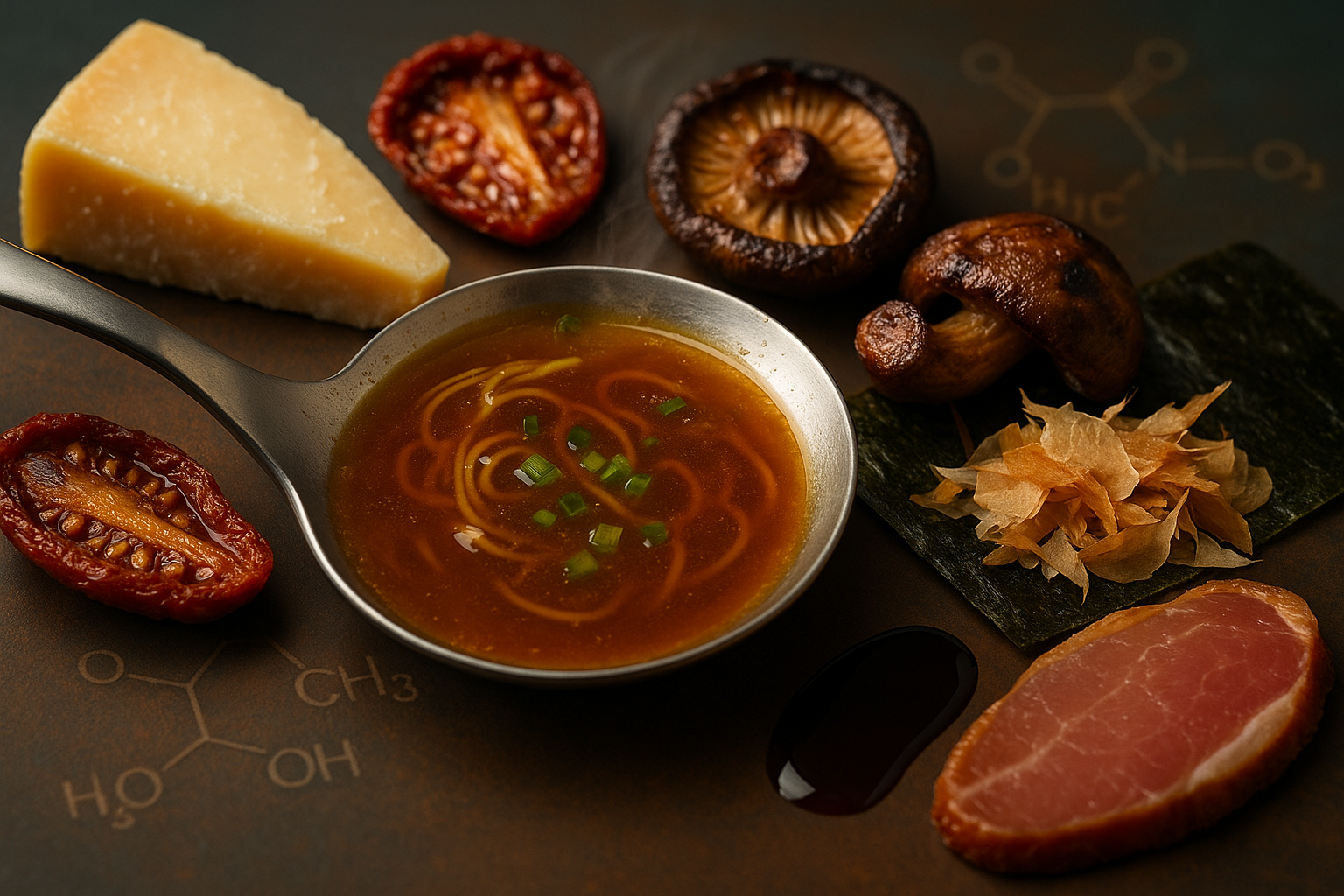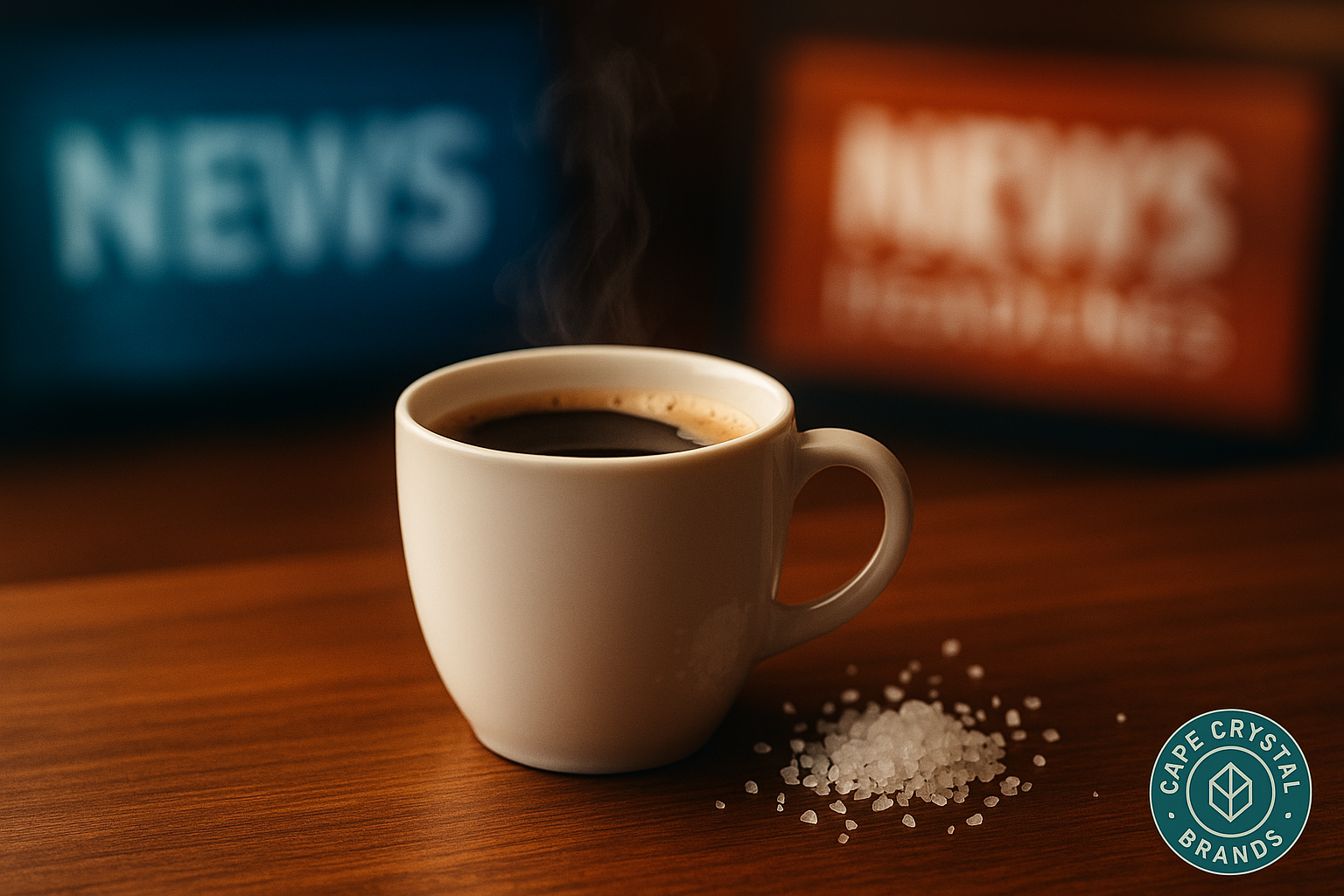Trending searches
Trending searches

Carrageenan As Size
SUBSCRIBE TO OUR BLOG
Promotions, new products, and recipes.
In the art of fabric and paper marbling, the solution on which the colors are floated is referred to as size. Marbling size can be made of several different types of gel or gum, but the finest and most detailed marbling is done on carrageenan size. Cape Crystal Brands Carrageenan is the experienced artist size of choice when comes to marbling on paper and fabrics.
Size Recipe Fabric Marbling:
Many types of fabric can be used for marbling, but for best results, use a fabric with a smooth texture and fine weave. 12 to 24 hours before marbling, prepare the carrageenan size. Slowly sprinkle one teaspoon of Calgon and two teaspoons of carrageenan into a quart of water in a running blender. Mix as many batches as you will need allowing it to rest in the refrigerator overnight so that all the air bubbles can rise through the liquid and dissipate.
Size Recipe for Paper Marbling:
Mix 1 tablespoon to 3 cups of warm water and mix in a blender for one minute. Pour the mix into a a one gallon (such as an empty milk jug) or more container. Then repeat the procedure by adding a second tablespoon of carrageenan into another 3 cups of warm water. Blend again and pour into the same container. Now add additional warm water to make one gallon and stir well. Let this mixture stand overnight in the refrigerator, or for at least 4 hours. This is to let the bubbles dissipate, as when it is removed from the blender, it is extremely foamy and must sit undisturbed until it become a clear liquid.
The carrageenan size mixtures will last about 10 days in the refrigerator, but only 1 or 2 days at room temperature. That is because this is a food product that will spoil over time when left out at room temperature
Since carrageenan is a food product it can be safely disposed of down any drain without harm.


|
About the Author Ed is the founder of Cape Crystal Brands, editor of the Beginner’s Guide to Hydrocolloids, and a passionate advocate for making food science accessible to all. Discover premium ingredients, expert resources, and free formulation tools at capecrystalbrands.com/tools. — Ed |
Related Posts

Why the Demand for Xanthan Gum is Soaring: What that Means for Gluten-Free Bakers

The Science of Umami: The Fifth Taste That Changed How We Eat

Cape Crystal Brands Featured in Fox News Digital and the New York Post
Enjoyed this post? Subscribe to The Crystal Scoop
Food-science tips, ingredient know-how, and recipes. No spam—unsubscribe anytime.
- Choosing a selection results in a full page refresh.
POLICY PAGES
QUICK LINKS
Guar Gum
Cape Crystal Brands, 18 Bank St., Suite 1, Summit NJ 07901.
- Phone: +1 908-273-5600
- Email: info@capecrystalbrands.com
- Tax ID: 26-2477626000
- FDA Facility Registration # 16980627550
- Kosher Certified: OKosher.org
Country/region
© 2025, Cape Crystal Brands | Sitemap
